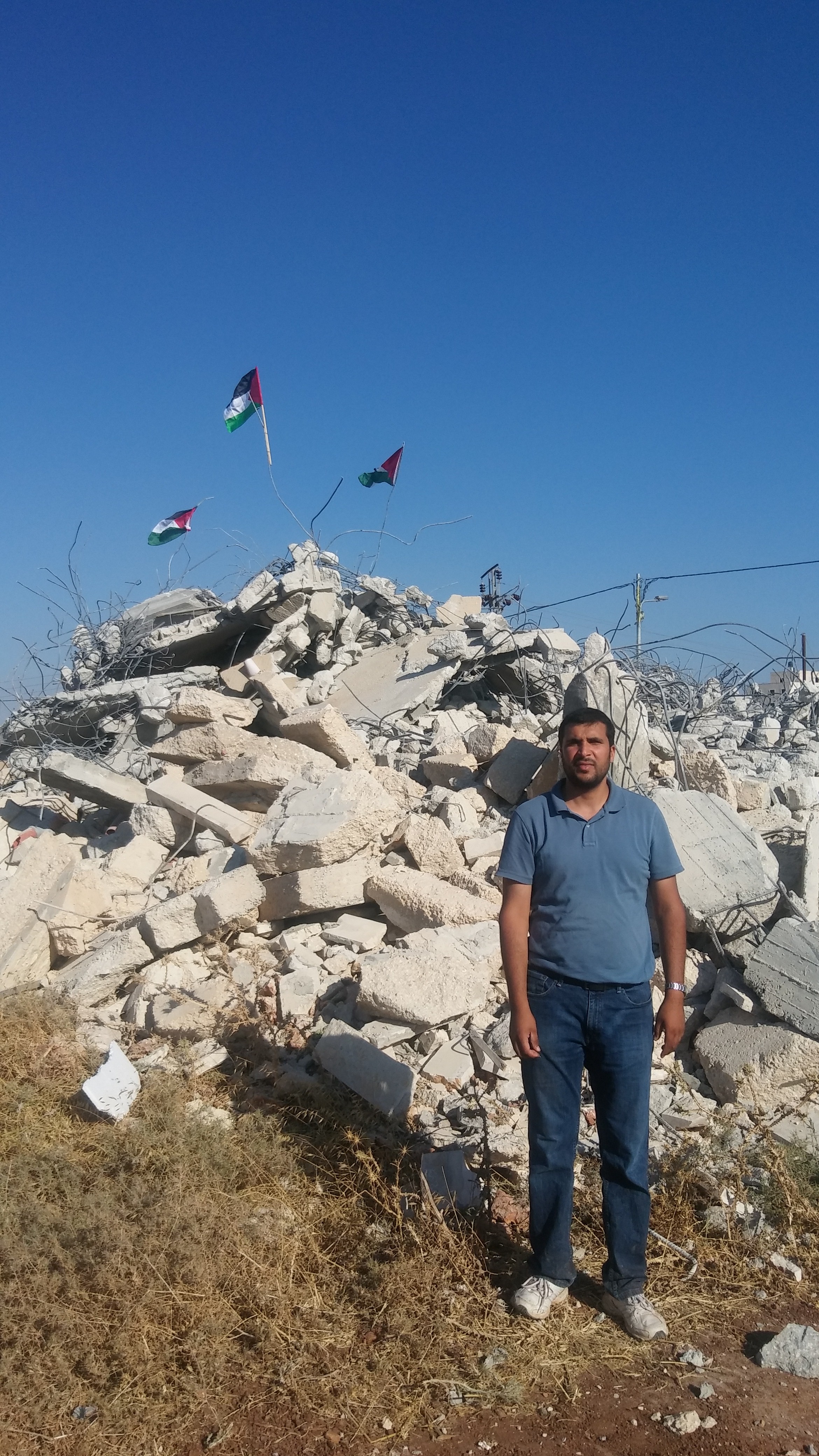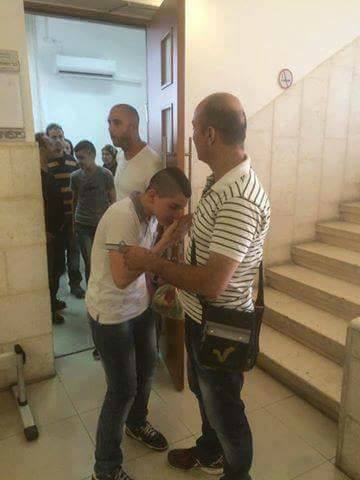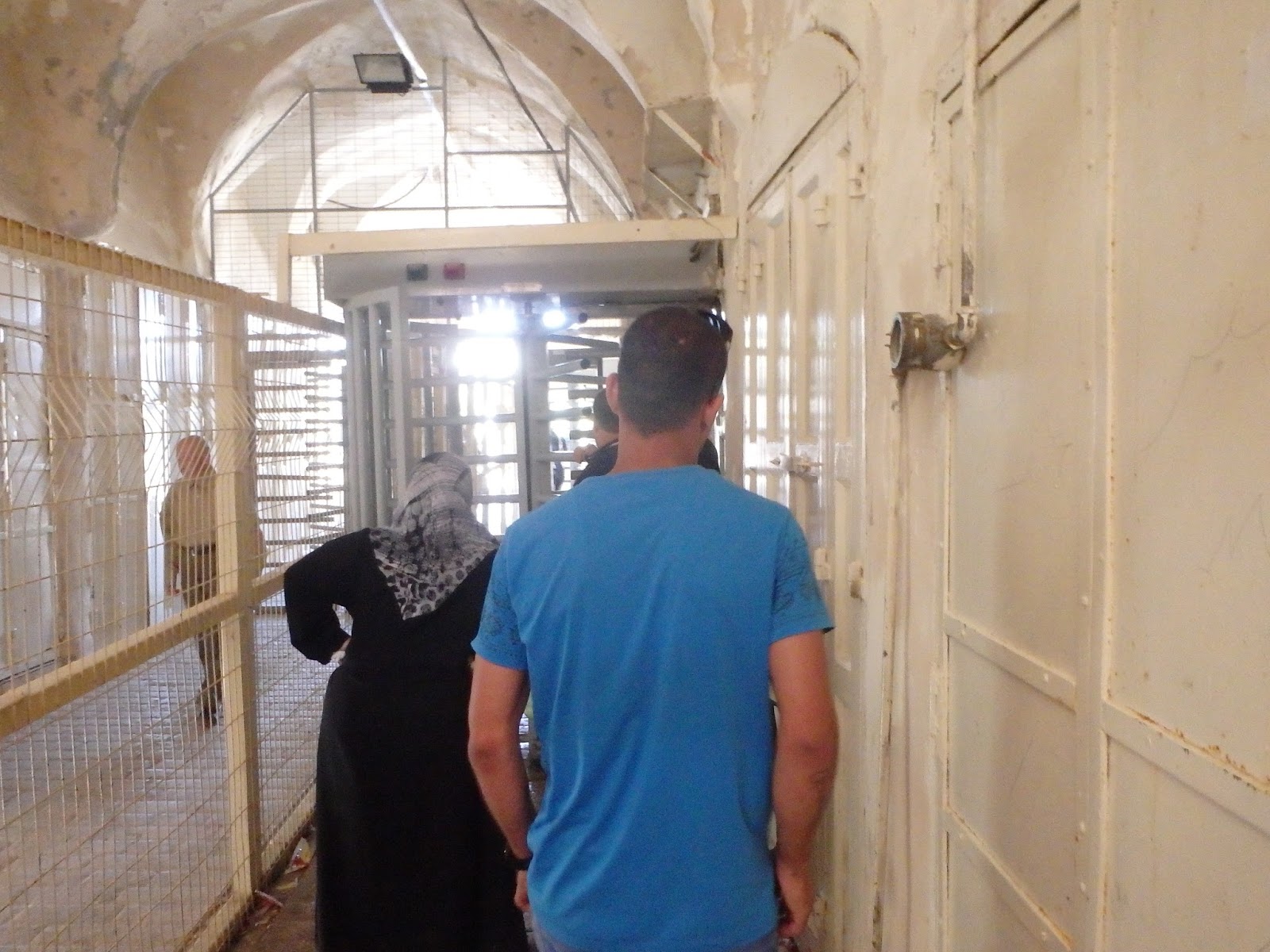Tag: Ethnic Cleansing
-
“They destroyed the houses, they destroyed our dreams”
27 July 2016 | International Solidarity Movement, Ramallah team | Qalandia village, occupied Palestine Late Monday evening, Israeli forces entered the village of Qalandia with 15 bulldozers and around 150 soldiers. In the village the Israeli military destroyed 11 new built houses, attacking the residents of the village with stun grenades, tear gas, rubber coated…
-
Petition to free Shadi Farah
20th July 2016 | International Solidarity Movement, East Jerusalem | East Jerusalem, occupied Palestine ISM encourages everyone to copy and paste the letter below and send it to your Members of Parliament, Congresspeople, and other political representatives. To support Shadi and his family financially during this very difficult time, please see: https://palsolidarity.org/donate/ Dear Sir/Madame: I am…
-
Denied permission to go to the mosque to pray
13th July 2016 | International Solidarity Movement, al-Khalil team | al-Khalil, occupied Palestine During one of our walks today, we came across a sight that very unfortunately is all too common in this city. A group of men and women were queuing up to go to the Ibrahimi Mosque – believed by both Jews and…



